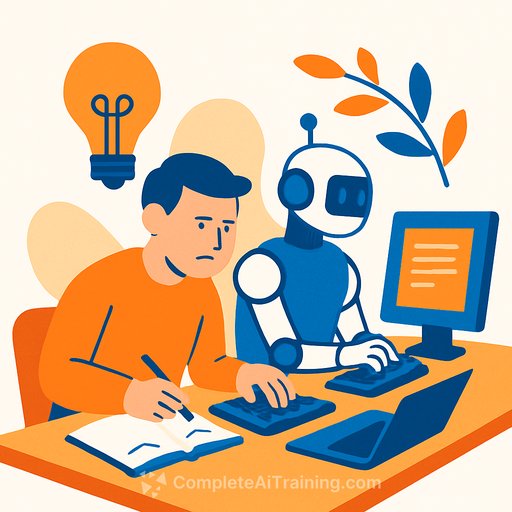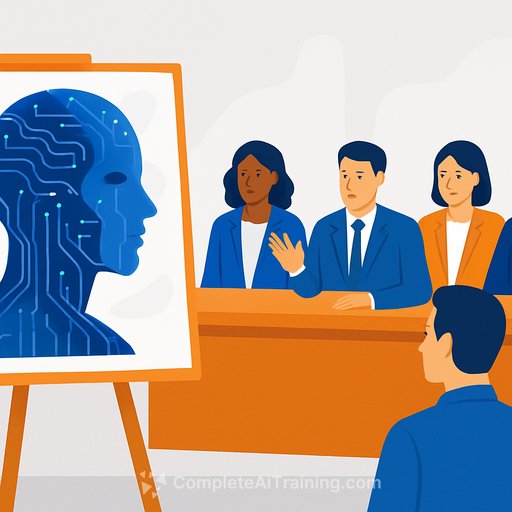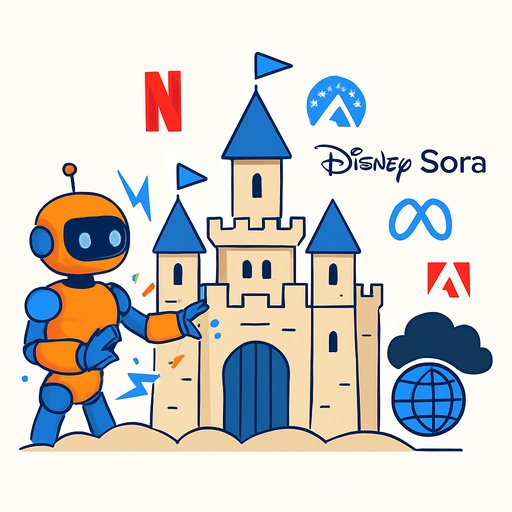The Impact of AI on Creative Fields
Creative professionals are facing a new reality: AI is advancing into areas once thought strictly human. Recently, ChatGPT-5 was released, sparking a mix of excitement and criticism. Curious about its capabilities, I asked it to write an article based on prompts including “rigorous, well-sourced research,” “trends and statistics,” and “light humour.” While I worked on my own version, I later compared it with the AI’s output. The result? The AI’s piece surpassed mine in structure, insight, and engagement.
That experience was unsettling. Previous versions of AI were helpful but didn’t outperform me. This time, it did — across every measure. Despite this, I chose to submit my own article. Why? I’m still figuring that out.
A Colleague’s Experience
A friend recently published a non-fiction book. He isn’t a professional writer, but he used AI to write it in a few weeks instead of hiring a ghostwriter. He felt no guilt — it was faster, cheaper, and the logical choice. The book has been selling well internationally, reaching readers and sharing valuable stories.
His pragmatic approach raises a tough question: Why write it myself if AI can do it efficiently? The commercial success of his book makes it hard to argue against his decision.
The Writer’s Dilemma
For years, I’ve dedicated myself to writing—seven books, hundreds of articles, and millions of words. Writing is a craft I enjoy and have mastered. Now, AI matches or even exceeds my skill level. That’s a difficult reality to accept.
Creativity has been measured by tools like the Torrance Tests of Creative Thinking (TTCT), which assess originality, flexibility, and fluency. AI is now reaching human levels on these fronts in multiple fields.
A musician friend reacts to AI-generated music with a practical question: “What’s the point?” The answer lies in economics. Creative work sells, and if AI can produce content more cheaply, the market will favor it. The question of whether AI can be a genius like Van Gogh or Mozart misses the point. Such geniuses are rare. The real concern is the broader base of creatives who have relied on their unique skills as a safeguard against automation. That shield is crumbling.
AI will create more music, design more buildings, develop more products, and write more stories. The origin won’t matter as long as the work sells under a human name. Consumers don’t ask about the creator’s identity; they want quality and value.
Facing the New Reality
If AI can write better articles than I can, why not use it? That question lingers without a clear answer. The challenge lies in balancing relevance, pride, and the role of human creativity.
For creative professionals, this is a moment to reflect on how to work alongside AI tools rather than against them. Adapting skills and embracing new workflows might be necessary to stay competitive.
For those interested in learning how to incorporate AI tools effectively into creative workflows, numerous resources and courses are available. Exploring up-to-date AI courses can provide practical skills for working with these technologies.
Conclusion
AI’s advance into creative fields is no longer theoretical—it’s here. It challenges established notions of originality and craftsmanship. For creatives, the path forward will require honest evaluation of how AI fits into their work and how they can maintain their unique value.
Your membership also unlocks:






